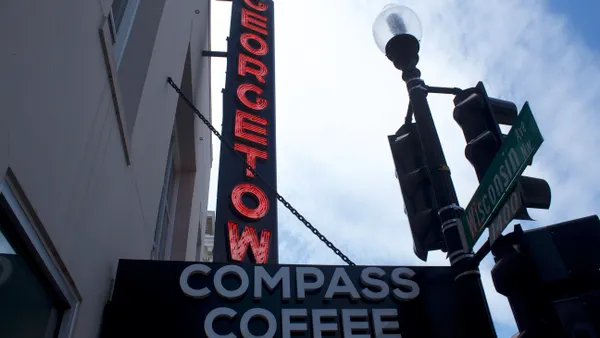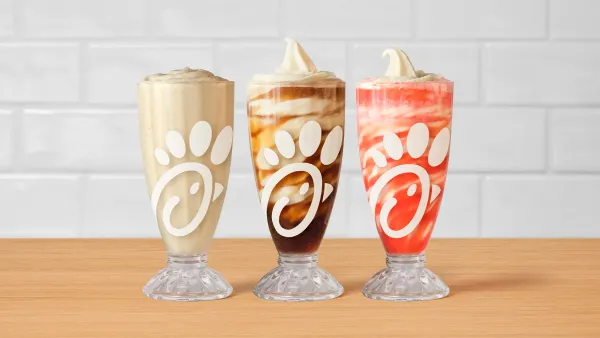Dive Brief:
- Independent restaurant locations, which represent 53% of the restaurant industry, grew by 1% (or 2,893 units) in 2021, according to a report from The NPD Group emailed to Restaurant Dive. Comparatively, independent restaurant locations saw a 5% decline in 2020.
- Visits to independents — both digital and physical — increased by 12% in the year ending March versus the year-ago period, when visits were down by 17%. Independent operators have increased orders of food and supplies from foodservice distributors by 27% year-over-year, about 5% above pre-pandemic levels.
- The Senate is expected to vote on a bill to add over $40 billion to the Restaurant Revitalization Fund next week. Despite The NPD Group's findings, the Independent Restaurant Coalition predicts over 50% of independent operators that didn't receive RRF grants could close within six months without increased federal aid.
Dive Insight:
Although several signs indicate a recovery for independent restaurants, much of the sector continues to face significant challenges. Inflation continues to linger near 40-year highs, for example, driving up food and supply costs on top of wage growth that has outpaced inflation in foodservice.
Despite higher labor prices, however, a May report form Alignable shows 83% of small restaurants still can’t fill jobs, up 3% from February, which indicates wage growth has not drawn workers back into foodservice fast enough for employers.
Consumers, meanwhile, are starting to feel the pinch of inflation as well, with the consumer price index up 8.3% over last year, eroding earnings by 2.6% across the economy. This is likely to affect consumers' discretionary spending and, according to a survey from CNBC, more than half of Americans plan to cut back on dining out as they face budgetary pressures. Gas prices in particular are expected to stay elevated through the summer.
Such pressures could cool markets that have experienced the most growth momentum, such as Los Angeles, Dallas-Fort Worth and Seattle-Tacoma, where rent and gas prices tend to be higher. High gas prices typically hit drive-thru locations harder and that could lower traffic in the independent quick-service segment, which is up 5% year-over-year. Full-service independents, by contrast, saw visits up 19% year-over-year.
Independent operators tend to have less capital and fewer resources than their chain peers, according The NPD Group. A fall in consumer spending could disproportionately impact independents. Higher gas prices alone have negatively impacted about 66% of restaurant owners.
The Independent Restaurant Coalition and the National Restaurant Association continue to advocate for an RRF refill ahead of next week's expected Senate vote. But it is not clear if the bill will have enough votes to pass, according to the IRC.











